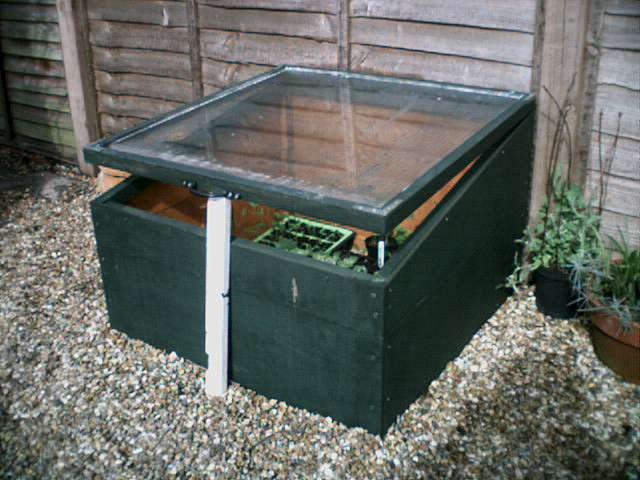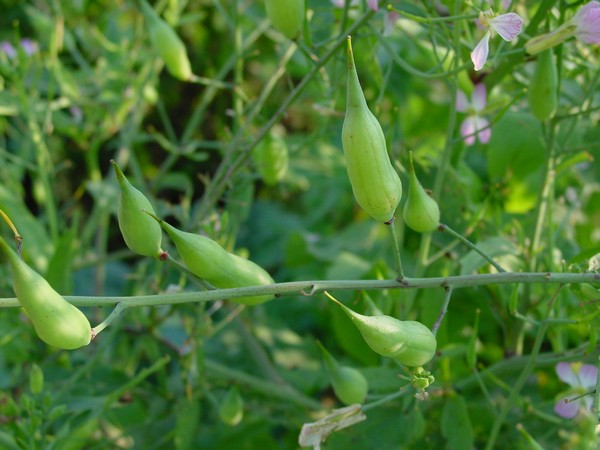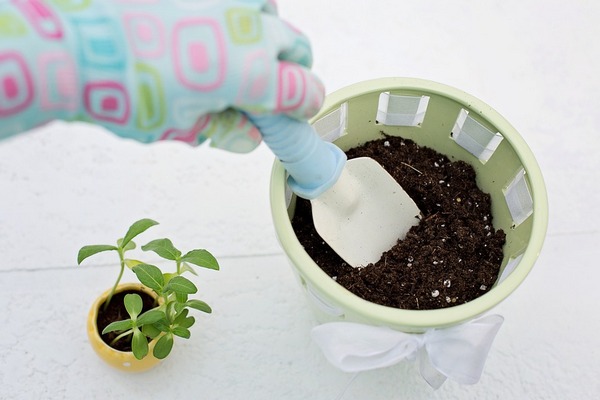The Early Gardener Grew Radishes
March 9, 2022
Radish
Raphanus Sativus
The cultivation of the radish hasn't changed greatly over the last several centuries although medieval cooks made more thorough use of it than most of us do.
Since the radish prefers colder temperatures to germinate in, it's one of the first fresh vegetables available in the spring. Start them as soon as the soil is workable (you can start them even earlier if you sow them in a cold frame). Plant in rows in a sunny spot. Thin to one to two inches. Lay out three rows and sow one row each week for three weeks. Harvest the first row while you're sowing the last row. Keep your rotation going until it's too warm for germination.

Try making a block planting of Cos lettuce, spinach and radishes as was suggested in The Universal Gardener and Botanist in 1767. Mix your seeds and scatter thickly in a 24” by 24” square of prepared bed. Thin as the plants mature, using the thinnings in salad or stir-fry. Yes, you can eat the radish greens! They're full of nutrition and delicious.
I usually plant a small block of them in an out of the way corner with no intention of harvesting the bulbs. I allow these to bolt (set seed). These plants will grow tall and branch out, producing small flowers on the branches. Be patient and they will produce a lovely crop of seed pods. I harvest these for use raw in salads, sauteed as a side vegetable or in a stir-fry. Do pick every one of them whether you use them or not. There's no need to encourage rampant self-seeded volunteers that you'll need to weed out later. There is a variety called “Rat-tail Radish” that is grown just for its pods. You can get those here or here. You'll want to pick the pods of this variety while they're fairly small as they get a bit woody when they get larger.

Start sowing again in late July or early August with a fall variety like Black Spanish. Daikons also do best planted six to eight weeks before last frost. If you sow them in a cold frame, you'll be able to harvest them much longer than if you sow your fall crop in rows. You can find a nice selection of varieties at my two favorite seed companies – Fedco seeds or Baker Creek Seeds.
During the few weeks in high summer and in deep winter, when growing in the garden isn't possible, try planting them in a container. In the summer lull, keep your containers on a bright porch. During winter, grow them inside in a bright windowsill.

Radish sprouts are easy to grow and are an unusual addition to salads and sandwiches. Just make sure your seed is sold specifically for sprouting. There are a number of different sprouting devices out there. If you don't have one, you can use a mason jar. Here's an easy to follow tutorial.

I have a sprouting box and it works well but I've found that sprouting lids are the easiest to use if you want a continuous supply of sprouts.
Add
to
your
kitchen
Radishes are are a crop close to my heart. I grow them for much the same reasons some gardeners grow treasured flower species, simply for the joy of having them in my garden. They are humble, useful, and surprisingly beautiful when you take the time to actually look at them. May they bring a spot of happiness to your garden!
Thanks for stopping by!

